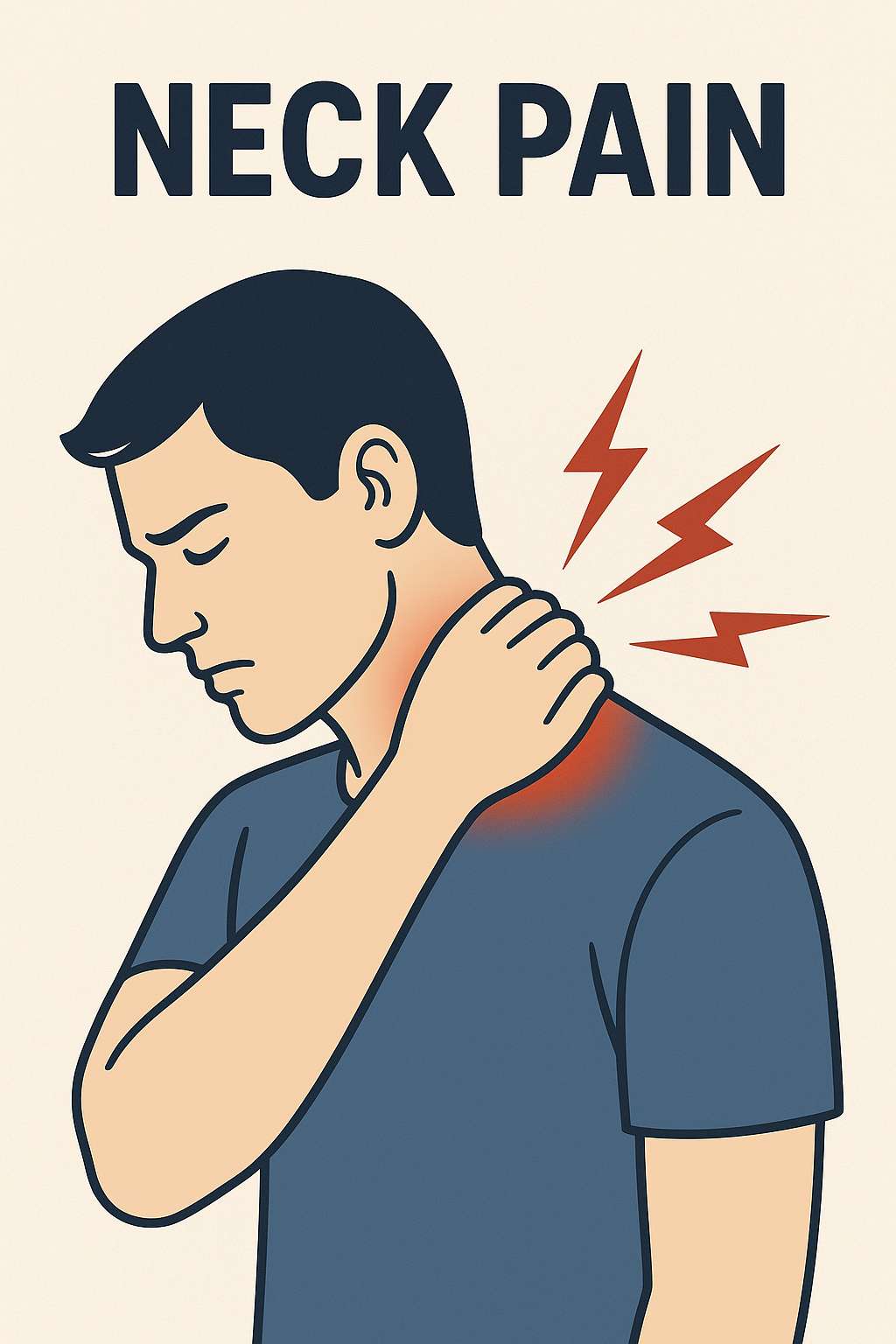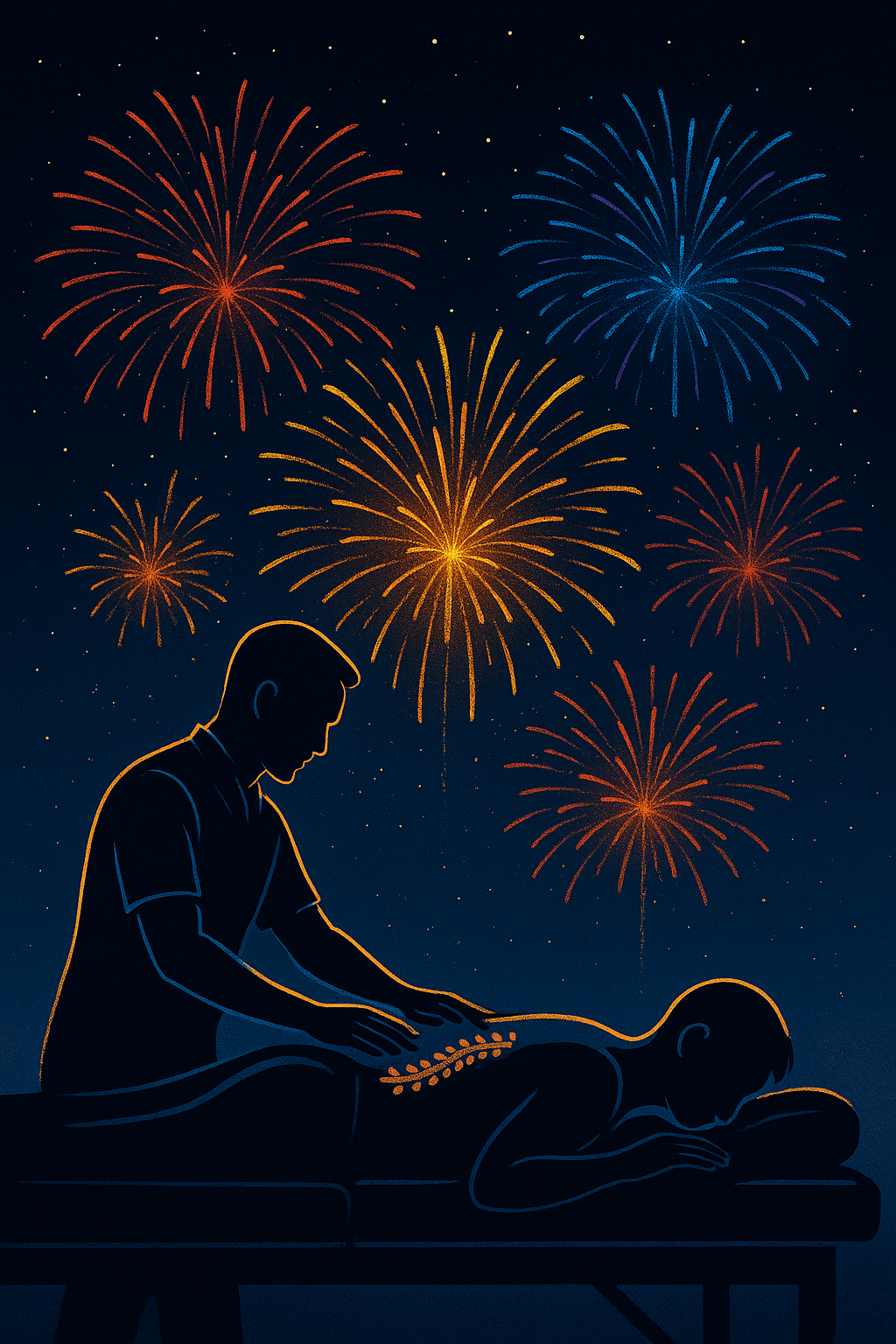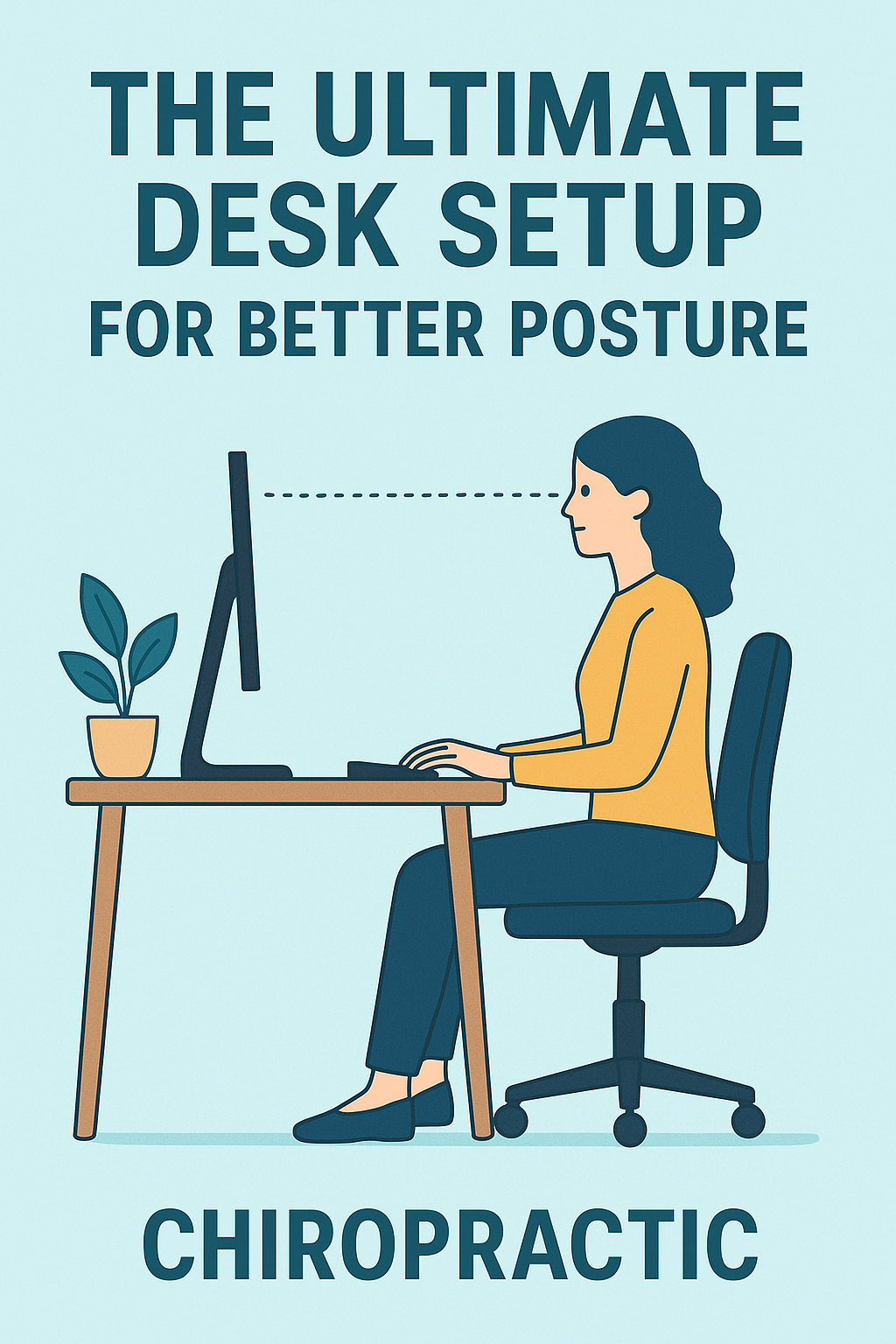How It Affects Your Body
These postural changes might seem minor at first, but over time they can lead to real problems.
Neck and Head
Forward head posture puts extra strain on the neck joints and muscles.
It can reduce neck mobility and compress nearby nerves, leading to pain, tingling, or numbness in the arms.
Shoulders and Upper Back
Rounded shoulders decrease space around the shoulder joint.
This can cause muscle strain, tendon compression, or even arthritis.
The shoulder blades may also shift position, affecting your upper back stability.
Mid-Back and Breathing
Increased curvature in the upper back (thoracic kyphosis) can limit rib and lung movement.
This may reduce your lung capacity, affect your breathing, and impact physical performance.
Nerve and Circulation Issues
What Causes It?
UCS usually develops over months or years. It often begins silently, without noticeable symptoms. A simple movement—like reaching or turning your head—can trigger pain when the imbalance becomes too much for your body to handle.
In many cases, UCS is seen alongside Lower Crossed Syndrome, which affects the lower back and pelvis.
How Chiropractic Can Help
Our chiropractors can assess your posture, identify UCS, and design a tailored treatment plan.
This may include:
Spinal adjustments to improve joint movement
Stretching tight muscles
Strengthening weak muscles
Postural retraining to help you maintain better alignment
With regular chiropractic care and targeted exercises, it’s possible to reverse many of these changes and reduce symptoms.
Don’t Ignore the Signs
If you’re experiencing ongoing neck, shoulder, or upper back pain—or noticing changes in your posture—don’t wait for it to get worse. Book a posture check with one of our chiropractors and take the first step toward feeling better.



